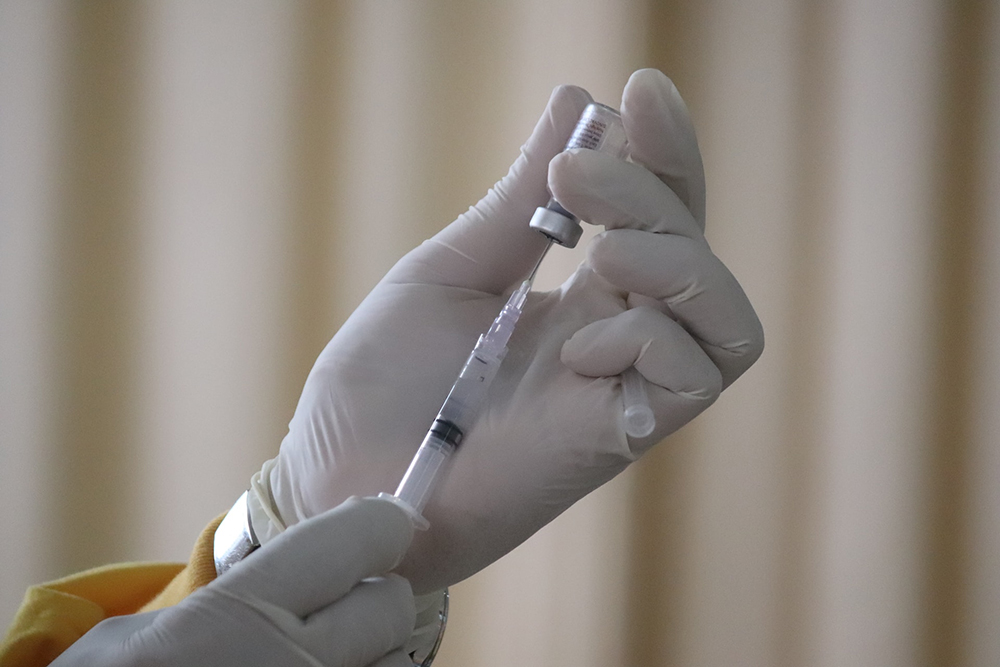If you take a “blood thinning” medication like Warfarin and then require an urgent procedure or emergency surgery, what can doctors do to protect you from hemorrhaging?
Now there is an answer.
Warfarin (or Coumadin) interferes with an important enzyme that uses Vitamin K to produce clotting factors. It is also sensitive to food and other medications creating a clinical environment that is often difficult to control. Without the ability to clot, you would bleed.
On July 24, the U.S. Food and Drug Administration (FDA) announced the approval of a Prothrombin complex concentrate called human-lans, with the tradename Balfaxar, developed by Octapharma. Balfaxar is indicated for the urgent reversal of acquired coagulation factor deficiency secondary to Warfarin.
Despite the evolution of anticoagulant options, an estimated 20 million Americans are taking Warfarin (Coumadin). More than 2 million are prescribed Warfarin annually.
Warfarin is an anticoagulant and synthetic derivative of coumarin, a chemical found in plants. Warfarin is a blood thinning medication, commonly known as a “blood thinner,” and is indicated in a variety of clinical circumstances to prevent or eliminate clots. A few more common conditions for which Warfarin is prescribed include following heart valve surgery or hip surgery, and for patients with chronic atrial fibrillation or deep vein thromboses. The biggest side effect of Warfarin is the risk of bleeding especially during invasive procedures or urgent surgery.
During a planned procedure or surgery, patients are scheduled to come off their Warfarin and continue with a shorter-acting anticoagulant, such as low-molecular weight heparin. This bridging period requires time for the anticoagulant effects of Warfarin to diminish. Physicians monitor this period of time with a blood test called an international normalized ration (INR). The ability to monitor a patient’s anticoagulation status with the INR is its advantage, though regular blood draws to acquire this information has become a point of contention amongst healthcare providers.
What is the significance of Balfaxar?
Balfaxar is a non-activated four-factor prothrombin complex concentrate (4F-PCC) made up of the vitamin-K-dependent clotting factors II, VII, IX, X, and the anti-thrombins Protein C and S, Pharmacy Practice News explains.
The first 4F-PCC approved by the FDA was Kcentra, developed by CSL Behring in 2013. Kcentra became popular as it did not require blood-type matching or thawing before use. The clotting factors included in 4F-PCC are 25 times more concentrated than what is found in plasma, allowing for faster infusion and less volume, an ideal product offering cardio and renal protection in cases of emergency.
During its Phase III, randomized, double-blind, multicenter study, Balfaxar proved comparable to Kcentra when administered to patients on a vitamin K antagonist undergoing surgery with a significant risk for bleeding.
Octapharma is currently testing Balfaxar as a direct oral anticoagulant, which will broaden its use within the cardiovascular space of treatment and prevention.




